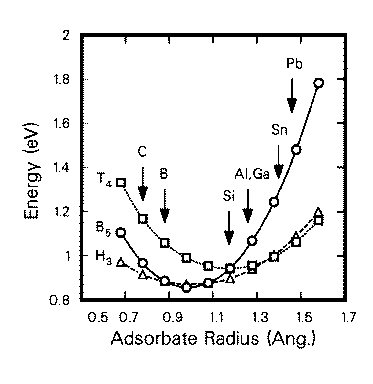Figure 3.8 The minimum Keating energies for the
H_3-, T_4-, and B_5-model structures
of the Si{111}rt3*rt3-30-X surface
as a function of the adsorbate's covalent radius.
The tetrahedral covalent radii for C, B, Si, Ge, Al, Ga, Sn, In,
and Pb are 0.77, 0.88, 1.18, 1.22, 1.26, 1.26, 1.40, 1.44, and 1.46 Ang.,
respectively.

 Back to the List of Figures
Back to the List of Figures
 Back to the B/Si chapter
Back to the B/Si chapter
- Figures 3.1,
3.2,
3.3,
3.4,
3.5, and
3.6: The LEED I(V) spectra of Si{111}rt3*rt3-30-B.
- Figure 3.7: The H_3-, T_4-, and B_5-model structures of the
Si{111}rt3*rt3-30-X surfaces in the unrelaxed (starting) state.
- Figure 3.8: The minimum Keating energies for the
H_3-, T_4-, and B_5-model structures of the Si{111}rt3*rt3-30-X
surfaces as a function of the adsorbate's covalent radius.
- Figure 3.9: The H_3-, T_4-, and B_5-model structures of the Si{111}rt3*rt3-30-Al
surface in the relaxed state, as determined by a Keating analysis.
- Figure 3.10: The H_3-, T_4-, and B_5-model structures of the Si{111}rt3*rt3-30-B
surface in the relaxed state, as determined by a Keating analysis.
- Figure 3.11: The minimum Keating energies for the
H_3-, T_4-, and B_5-model structures of the Ge{111}rt3*rt3-30-X
surfaces as a function of the adsorbate's covalent radius.

